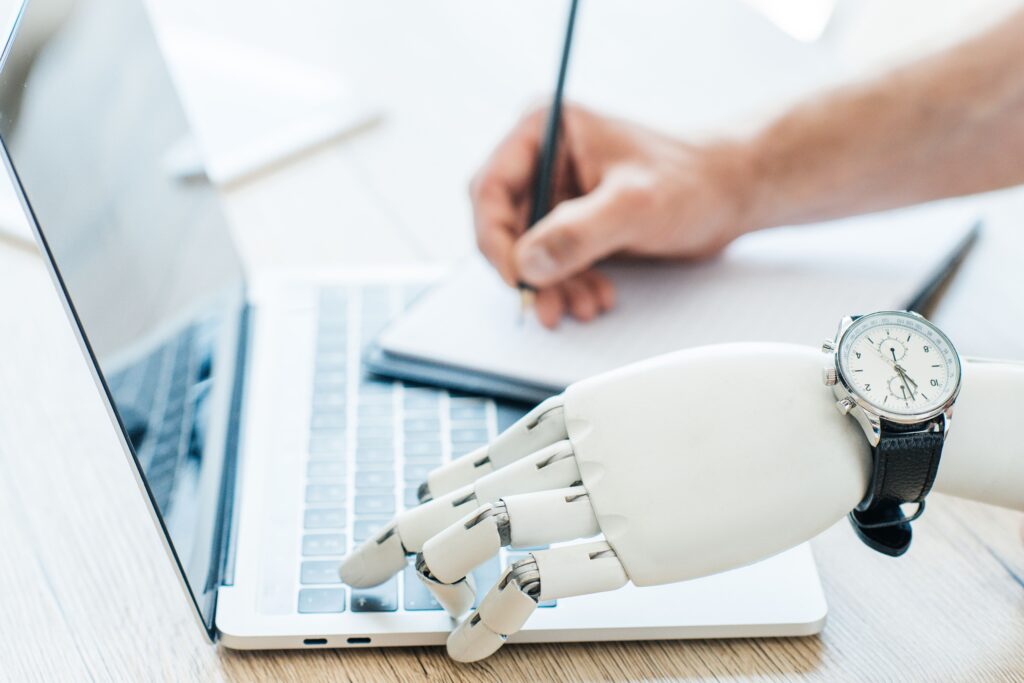The Role of GoogleBot in SEO: What Every Website Owner Should Know
- May 20, 2025
- 0
In this information technology era, where practically all companies and brands require an online presence, it is essential to understand how your website appears in Google search results.













